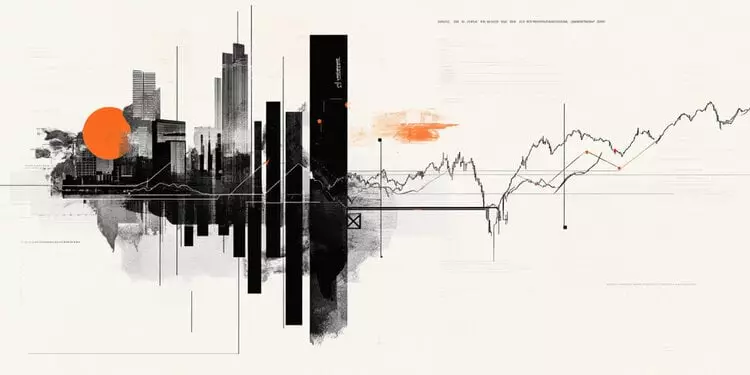Elliott Wave theory has long intrigued traders with its structured approach to understanding market trends. This analytical tool, based on the premise that markets move in predictable patterns, provides invaluable insights into potential directional changes. Currently, all eyes are on the NASDAQ index, where complex wave structures signify important trading signals. Particularly, the unfolding of the Gray Wave C within the context of Orange Wave 4 suggests that traders need to sharpen their focus and prepare for a potential upturn in market momentum.
Amidst market fluctuations, recognizing the intricate waves is essential. At present, the Gray Wave C is playing a pivotal role as it emerges from the completion of Gray Wave B. This development marks a notable shift that warrants attention for those keen on capitalizing on short-term gains. The next anticipated move aligns with the broader understanding of the market’s cyclical nature and highlights the potential for a bullish trend that traders might want to seize.
The Complex Nature of Corrections
The notion of corrections in Elliott Wave analysis is multifaceted, serving as both a pause and a precursor to subsequent momentum. The NASDAQ index is currently undergoing an Orange Wave 4 correction after the heights reached by Orange Wave 3. This situation presents a temporary retreat that is both expected and necessary, setting the stage for what traders are eager to see—Orange Wave 5.
The key to strategic trading lies in recognizing the character of these corrective waves. Gray Wave C, characterized by its impulsive behavior, signals potential strength within the broader Orange Wave 4 context. As the market oscillates, this phase can be both challenging and rewarding. Traders with a keen sense of market dynamics stand to benefit as they strategize based on this wave framework, ensuring they’re positioned advantageously when the market shifts direction again.
Reading the Market’s Pulse Through Wave Patterns
As Gray Wave C unfolds, one critical aspect to observe is the emergence of a typical five-wave structure, usually indicative of the wave’s conclusion. Understanding this pattern becomes a powerful tool for predictive analysis. As traders monitor the progression of Gray Wave C, they are reminded that patience is crucial. Effective trading is not merely about being reactive; it’s about anticipating market movements with strategic intent.
Equally important is the acknowledgment of Navy Blue Wave 1, which provides context within the broader wave hierarchy. With each wave’s position contributing to the overall picture, savvy traders can discern potential shifts in market sentiment. The conclusion of the current corrective phase—Orange Wave 4—will likely act as a catalyst for the anticipated upward movement associated with Orange Wave 5, giving traders the insight needed to pivot in response to market conditions.
Timing and Strategy: Tools of the Trade
Market timing is essential in trading, especially when navigating the complexities of Elliott Waves. The interactions between different wave degrees serve as a roadmap for traders to project when to enter or exit positions strategically. For NASDAQ traders, the ongoing development of Gray Wave C provides a crucial window into timing decisions. By closely monitoring price actions and patterns, traders can gain clarity on the potential completion of the corrective phase.
However, it’s imperative to exercise caution. Making substantial trading moves before confirming pattern completion can lead to miscalculations. Traders must maintain a critical eye, watching for signals that validate whether Gray Wave C is indeed solidifying or if further fluctuations lie ahead. Executing trades without thorough analysis could result in missed opportunities or significant losses.
Looking Ahead: The Road to Opportunity
Ultimately, the Elliott Wave analysis of the NASDAQ index encapsulates a landscape ripe with potential. Navigating these waters requires a nuanced understanding of both the theory and its application. Traders who embrace the complexities of market dynamics, armed with insights from wave structures, position themselves to thrive in a landscape characterized by uncertainty.
As Orange Wave 5 looms on the horizon, the ongoing correction holds deeper implications. The ability to understand and predict market behaviors through wave analysis is not just an academic exercise; it’s a crucial strategy for participating in today’s trading arena. As the unfolding story of the NASDAQ continues, only those vigilant in their observations will unearth the opportunities waiting to be realized within this vibrant marketplace.

